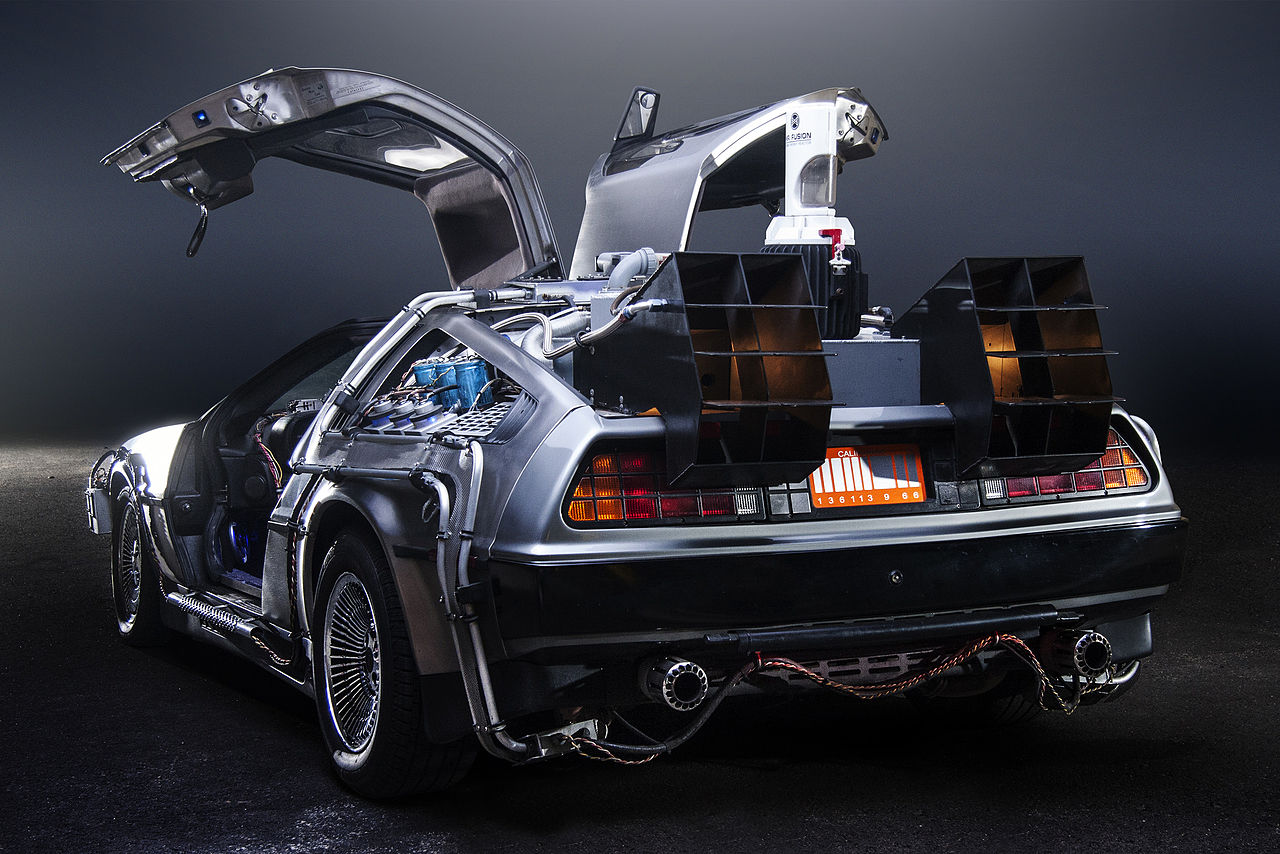Media Release
From: Springer NatureUsing flying cars for flying visits
Electric vertical take-off and landing aircraft (VTOL), commonly known as ‘flying cars’, may have a limited role in providing sustainable, personal transportation in the future, according to a paper published in Nature Communications. However, the modelling study concludes that for trips shorter than 35 km, which make up the majority of car journeys, VTOLs would consume more energy and produce more greenhouse gas emissions than ground-based cars.
The transportation sector faces challenges in meeting passenger demand while reducing air pollution and congestion. Although self-driving vehicles and electrification may help, congestion on existing roads would remain an issue. However, it has been suggested that VTOLs could help overcome this.
Gregory Keoleian and colleagues used physics-based models to investigate the energy consumption and greenhouse gas emissions of VTOLs for use in personal transportation, and compared these to conventional internal combustion engine vehicles (ICEVs) and battery electric vehicles (BEVs).They found that for 100 km point-to-point trips with one occupant, greenhouse gas emissions from VTOLs were roughly 30% lower than ICEVs and 40% higher than BEVs. Assuming that VTOLs would be used as an aerial taxi service, the authors compared greenhouse gas emissions from VTOLs with four occupants to cars, which have an average occupancy of 1.54. Here, emissions from VTOLs were 52% lower per passenger-kilometre than ICEVs and 6% lower than BEVs.


